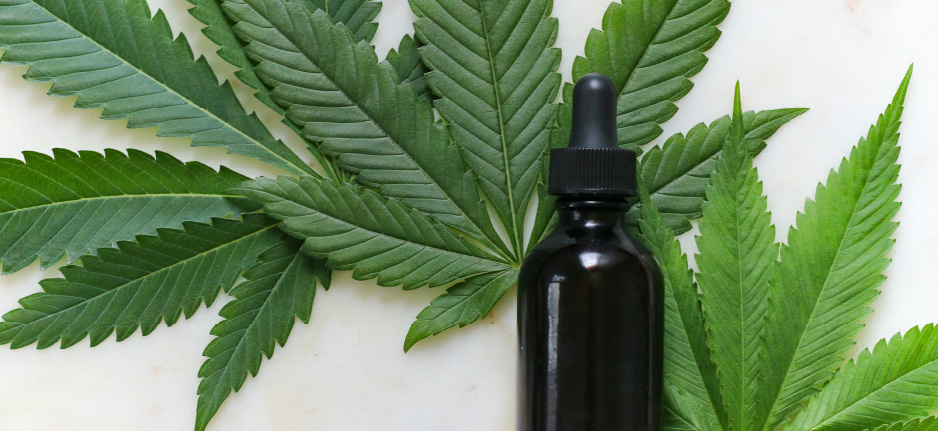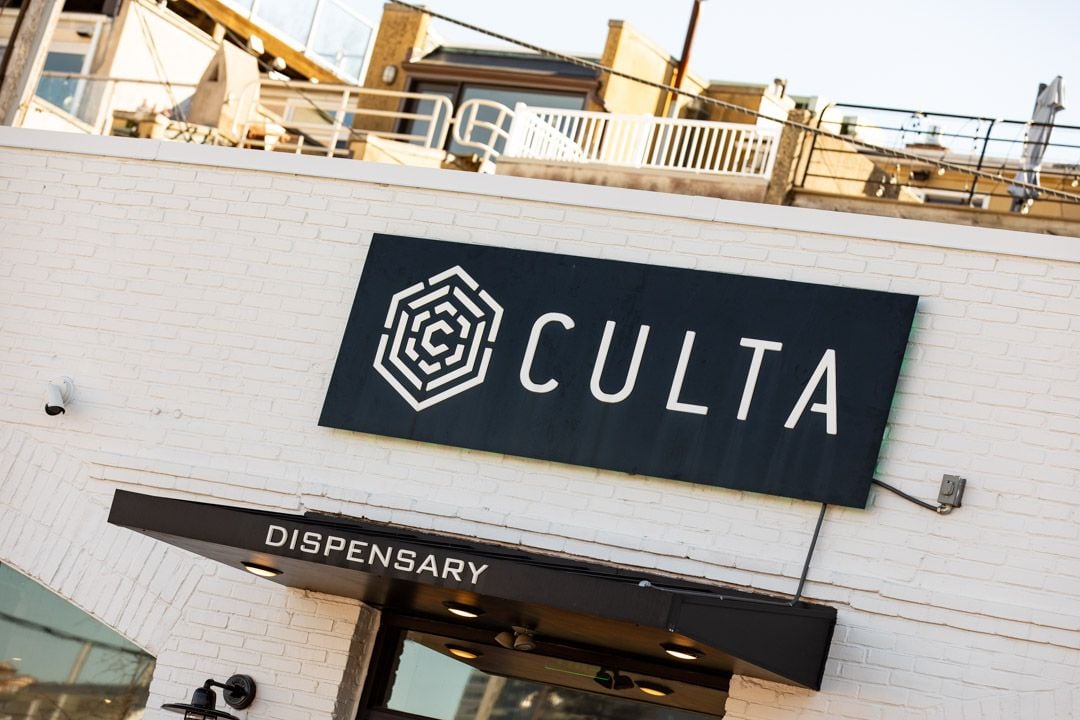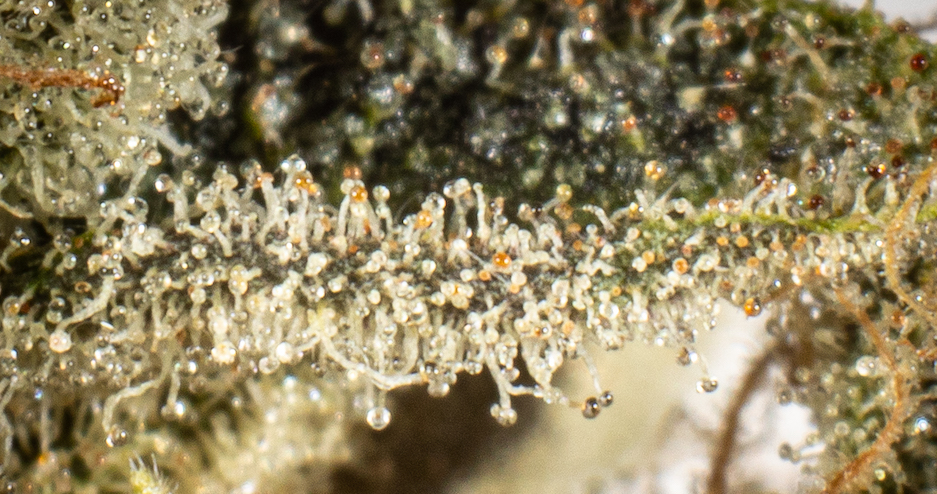Throughout history, cannabis is usually depicted as being smoked. In movies and music, cannabis is synonymous with pipes, bongs, and the ever present joint. But, smoking isn’t for everyone. Whether you have asthma or another cardiopulmonary condition that precludes you from smoking, are looking for something more discrete, or just want to switch it up, smoking isn’t the only way to consume cannabis.
If you walk into a medical dispensary today you’ll be surprised by the array of products to choose from. From tinctures and edibles to pills and drinks, here’s how you can take your medicine without smoking.
Edibles
Edibles are probably the second most popular way cannabis use is depicted in the media. They’re also one of the fastest growing cannabis product categories, and now include more than just brownies. Step foot in any cannabis dispensary and you’ll see gummies, candy, baked goods, and sweet treats lining the walls. Curious about making your own edibles? You’re in luck -- we have tons of info on that, including:
- All the Different Ways You Can Make Cannabutter
- Edibles 101: A Beginner’s Guide to Cannabis Edibles
- Top Eight Mistakes When Cooking with Cannabis
- How to Make Cannabis Jam
One word of caution: edibles are notoriously difficult to dose, so pay attention to what’s on the packaging and always start slow -- you can always eat more edibles but you can never do the reverse.
Vaping
Although vaping is still considered smoking, it’s a more lung-friendly alternative since you aren’t using a lighter or inhaling carcinogens. Just be sure to do your research, as some smoking devices are built better than others. For example, Storz & Bickel is the only vaporizer manufacturer that has been able to prove its heating element doesn’t give off any gas microparticles. Plus, two of its vaporizers are actually categorized as medical devices by various governmental institutions in Europe, Canada, and Israel.
If the price is too good to be true and the product lacks independent third-party testing, these are red flags. Regardless of the product, we always recommend doing your own research -- talk to experts, read third-party testing results, and be as informed as possible about the medication you’re taking.
Tinctures
Also referred to as sublinguals, tinctures are a good choice for those who don’t like the taste or smell of cannabis. A tincture is essentially cannabis in liquid form, and comes in bottles with a dropper for easy, mess-free dosing. Tinctures can be added to food or drinks, or they can also be applied directly under your tongue. If you’re looking for CBD-only, THC-only, or a hybrid of the two, there’s a tincture for that! Just speak to your prescribing doctor about what type of tincture is best for your unique medical needs. Some companies even make CBD-only tinctures for pets that have anxiety, arthritis, or chronic pain.
Canna-drinks
Drinkable cannabis comes in many shapes and forms, ranging from teas and kombucha to soft drinks, seltzers, and wines, and all cannabis beverages contain some element of activated cannabis, whether it’s CBD, THC, or a mix of the two. In 2021, major national brands (Pabst Blue Ribbon, Lagunitas) released their own versions of THC-infused beverages, while other beverages on the market only include CBD.
According to data from Headset, sales of cannabis-infused beverages increased 40.3% in 2020 in states where recreational cannabis is legal. When compared to the growth of the overall cannabis market, which increased 39.4% in the same exact time period, it’s evident that THC-infused drinks are picking up some major steam. Basically, if you haven’t seen them yet you’re bound to see them soon.
Topical creams
Topical creams are applied directly to the skin, and this category includes cannabis balms, salves, lotions, and gels. Topical creams are typically used to treat arthritic pain, muscle aches, skin issues, muscle cramping, and other localized skin/muscle issues and are applied directly to the problematic area. Since they have a much lower bioavailability than other methods of cannabis consumption, they won’t produce a psychoactive effect and are very popular among seniors. Many topical cannabis products also contain other ingredients (like aloe or chamomile) to complement its soothing effects.
Gel caps & pills
Gel caps are exactly what they sound like: capsules filled with “liquid” cannabis. Most gel caps are filled with a carrier oil (coconut oil is popular) and a cannabis extract. As with canna-drinks, some cannabis pills and gel caps include THC only, some include CBD only, and others include both. Make sure to review the product packaging for more information on THC and CBD percentages before consuming. One thing to keep in mind: gel capsules and pills are usually categorized as “immediate release” or “timed release”, and immediate release gel caps enter your system much quicker than timed release.
Patches
Transdermal patches are a fairly new invention and are typically reserved for patients who require their medication to enter their bloodstream consistently. They differ from other methods on this list in that they bypass the digestive system completely, meaning they last longer and have the potential to offer several hours of continuous relief. They are also discreet -- if you require medication to go about your day but don’t always have the opportunity to take a pill or eat an edible, transdermal patches may be a good option for you. Since they’re relatively new they aren’t as widely available as other products, but your doctor should be able to determine if patches are the best route for you.
Regardless of how you take your medication, mistakes happen. Learn about the Six Mistakes You’re Making With Your Cannabis.



